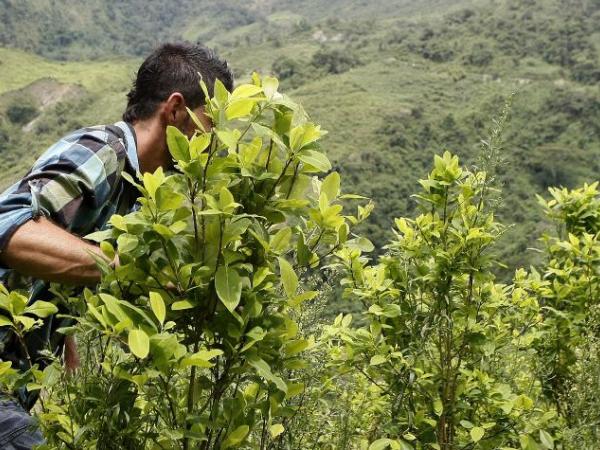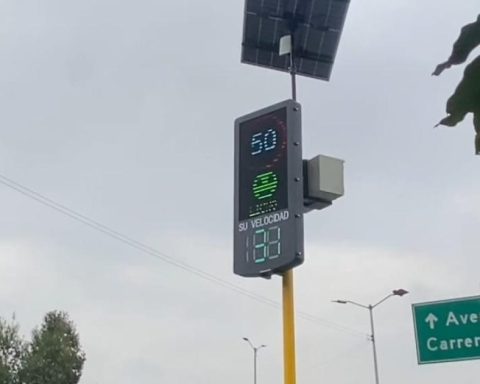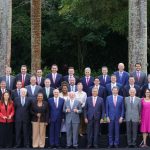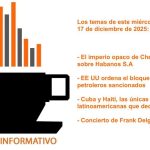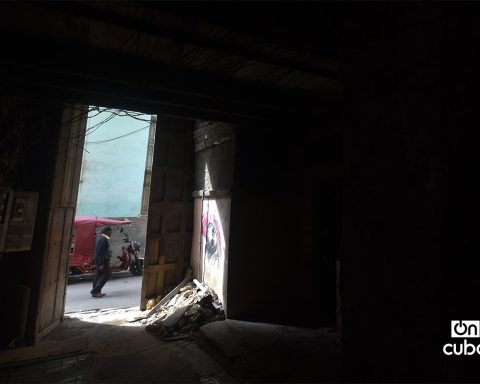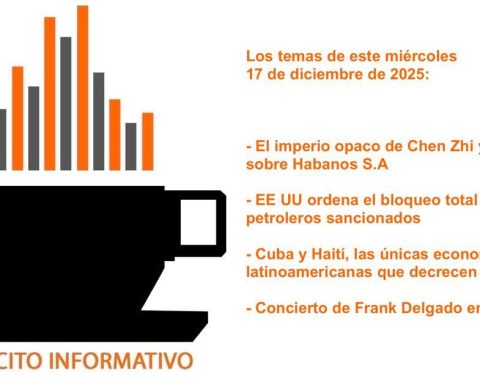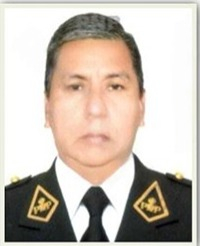The Colombian Government, country is that it is the main producer of cocaine in the world, announced, in the penultimate week of December, that it will abandon the forced eradication of small coca leaf crops as part of a new policy anti-drugs that seeks to attack the most lucrative links in the business.
(See: Are Banrep interest rate increases coming to an end?).
From now on the eradication will apply “only for industrial crops. The peasants who derive their subsistence from these crops cannot be sentenced to starvation, so forced eradication is not carried out“, indicated Defense Minister Iván Velásquez.
According to Velásquez, the government will seek “compromises” with small coca growers to “limit” the extension of their crops and gradually replace them with legal crops, while plantations of two or more hectares will continue to be eradicated by public forces.
“It is not that they are being invited to cultivate (coca) widely, but to be in that activity but limiting the extension in the cultivation while the government carries out these programs” of substitution by legal and profitable products, explained Velásquez.
(See: Petro invited homeless people to Christmas dinner at Casa de Nariño).
The proposal had been outlined by the President Gustavo Petro during a recent meeting with coca farmers and raised criticism from the opposition, which interpreted it as a window to the legalization of the main ingredient of cocaine.
“To the extent that alternative cultivation is working, the peasant’s cultivation of coca leaves decreases. Then a period is established where both coexist, until we can achieve that the substitute crop” be profitable, said the president then.
The proposal was also viewed with suspicion by USA, Colombia’s main partner in the fight against drugs, but Velásquez qualified those claims.
(See: Colpensiones: criticism for the use that would be given to pension savings).
“We have had (…) their (US) support, even when we talk about the need to refocus the fight against drug trafficking against the business owners and not against the weak links in the chain“, replied the minister when questioned about these press reports.
The peace agreement signed between the Government and the extinct FARC guerrilla in 2016 already contemplates subsidies for those who voluntarily eradicate their illicit crops and replace them with legal crops.
coca crops
(See: The largest FARC dissident group announced a ceasefire by the end of the year).
But the program requires peasants to eliminate coca plantations before receiving benefits, a restriction that the new government seeks to relax in the face of claims of non-compliance.
According to the Minister of Defense, the Public Force will focus on the seizure of large drug shipments bound for the United States and Europe.
“I believe that they (the United States) will have complete peace of mind that Colombia’s commitment to the fight against drug trafficking is in the terms that we have already discussed with them.Velasquez added.
Petro, the first leftist to come to power in Colombia, has asked the White House to rethink the “failed” war against drugs, the main motor of the violence of the prolonged internal conflict.
(See: The US approves aid for Colombia and it is the highest amount in 11 years).
After four decades of fighting drug trafficking, Colombia continues to be the largest cocaine producer in the world and the United States its main consumer.
In 2021, the country broke a new historical record with 204,000 hectares of coca leaf planted, according to the UN.
The 43% increase in one year occurred under the government of ivan duke (2018-2022), who focused his mandate on the elimination of drug crops by force, in military operations that often resulted in clashes with peasants.
“We have reservations about the effectiveness of forced eradication“, maintained Velásquez, who added that 62% of the areas where it was applied by the authorities have detected replanting of coca.
AFP
